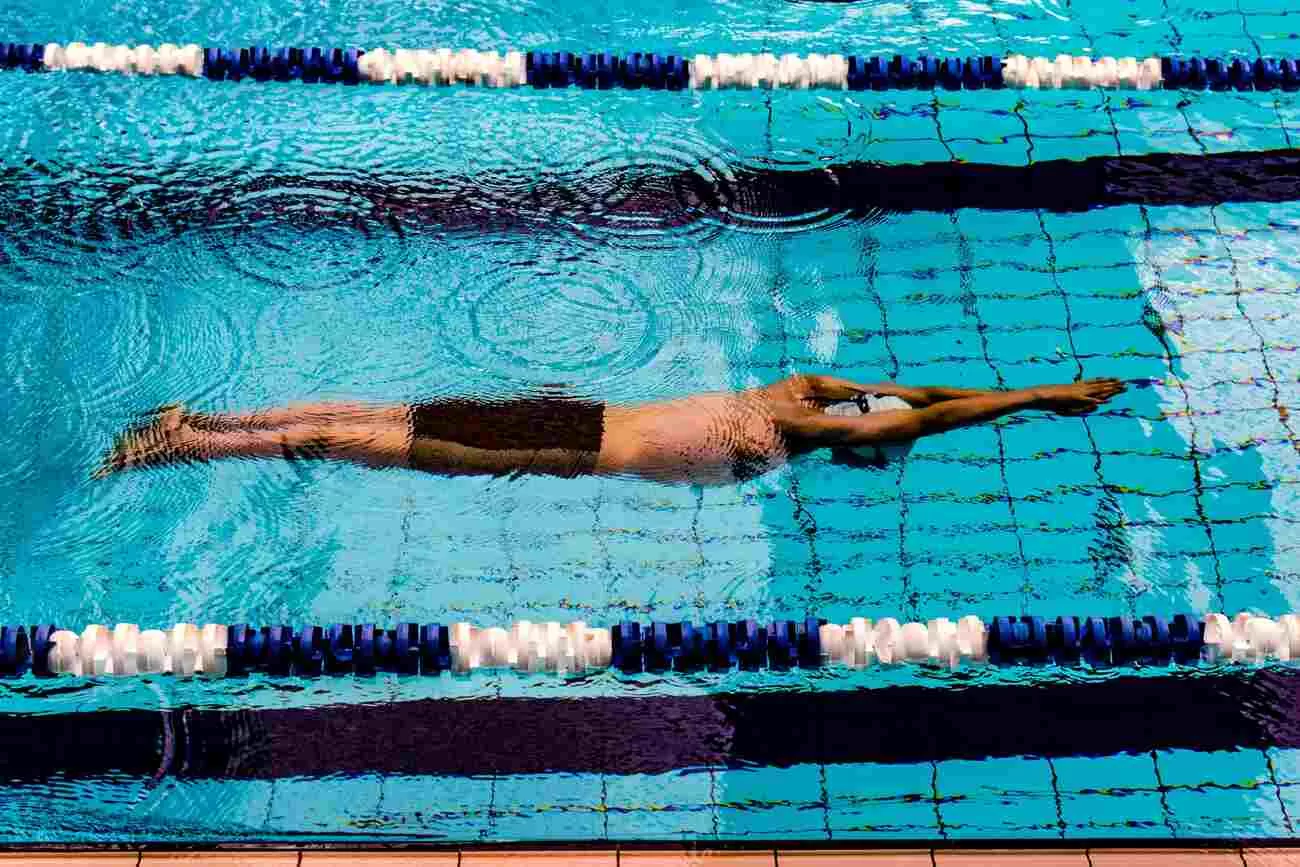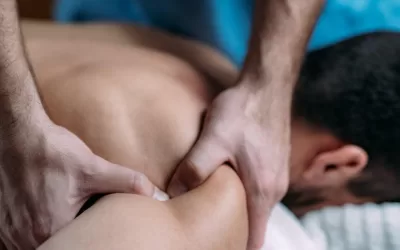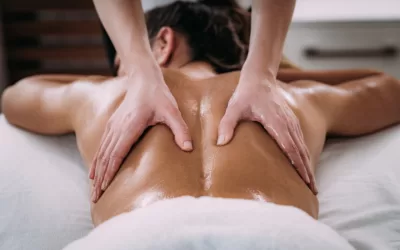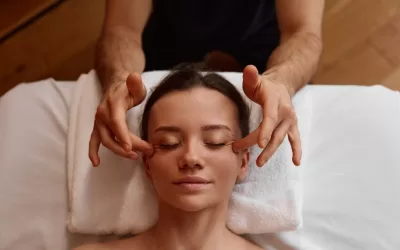Rigid Bodies
Cycling and swimming are two sports that create a similar but unique pattern of stiffness, rigidity, and pain. They tend to create a block-like pattern in the torso, shoulders, and hips.
Posture and Body Mechanics
These issues are rooted in body mechanics of these sports. If you’re good at either of these sports and you train a lot, you’ve probably had issues, or it’s likely that you could have them in the future.
In swimming and cycling the torso, shoulders, and hips are tensed and their range of motion is limited in order to create the force and leverage needed in those sports. If you compete then all of this is amplified and so should your self-care. When you consistently practice swimming and cycling over time those movements become your body’s everyday natural movement flow.
Stiffness, rigidity, and blockiness as a method of movement takes over the loose, fluid, adaptable, and coordinated rotational movements in moment to moment basic things like walking. Standing and sitting even become postures that your block-like torso are familiar with and they might even feel very comfortable.
Some of the foremost exercise and neuroscientists say that the best daily exercise is to move all your joints through their healthy range of motion. This is particularly important for swimmers and cyclists.
So, what should you do? Prevention is always the key but if you’re like me you get lazy in doing your recovery. On top of that you probably haven’t had good explanations to relieve your unique tension patterns with stretching, mobility, and strength rehab.
Recovery and Self-Care
You need to understand your chronic patterns and then the specific things that you need to do to stay resilient (especially when you feel great).
When pain is driving you, it’s easy to act on it. But when you’re feeling good, prevention is a chore. To be honest, when it’s about prevention, you probably aren’t taking it as seriously as you should, and you know it.
Here are some things I teach my clients so that they develop a better connection to their bodies because I truly believe that having a good brain-body connection is the important thing.
Anatomy and Novel Movement
Here’s your main problem. The body is made to move. And I don’t mean swim a mile or cycle 20 miles a day. I mean your body was made to move within itself. Visualize a skeleton, where there are a lot of joints. Those areas were not only given the ability to move, but movement throughout their range of motion is necessary for keeping those joints healthy.
There are basically two types of bones. Long bones and short bones.
Long bones are in your arms and legs. In your limbs there can be a lot of big spatial movement because there aren’t many joints. Your limbs make large obvious movements.
The short bones of your spine, ribcage, hands, and feet, there are many, many bones and many, many joints. So, yes, their range of motion is smaller and less obvious, but your measure of health in the small joints should be based on how often you get quality movement in them as well as how well you understand your chronic pattern.
The 3 Novel Movements You Should Do
Here are 3 things you can do to maintain movement health in your shoulders, hips, spine and ribcage.
- Spinal Extension. Whether you function in a tense rigid or hunched posture, spinal extension is the single most important thing you can do for your back health. How do you get spinal extension? It’s what you’re doing when you reach and look up at the sky lengthening and extending your spine backwards. This moves you in the front/back plane of motion.
- Side Arches. Again using your arms to your fingertips and your eyes arch to the right and left. With this you’re working to both sides of your torso in a coordinated move by length on one side and contraction on the other. This moves you in the side to side plane of motion.
- Rotation. A lot of people will cheat themselves in rotation and use momentum to twist. This might feel good but it’s less functional and less therapeutic in the long run. How I like to describe good rotation is a slow movement with your torso that’s created by the muscles in and around your spine and ribcage. Take the momentum out of it and incorporate coordination of your torso in particular your oblique abdominal muscles that specifically create that motion. This moves you in the rotational plane.
As swimmers and cyclists you should definitely be on top of these movements. Make these yours and tell me what you think.
You’re Doing Them Wrong!
My guess is that you’re going way too fast, that you’re swinging your arms and using the momentum of your body to do these movements. If that’s you, you’re not doing them correctly. To get more indepth information and truly understand these movements and more, click here to subscribe to our newsletter.





